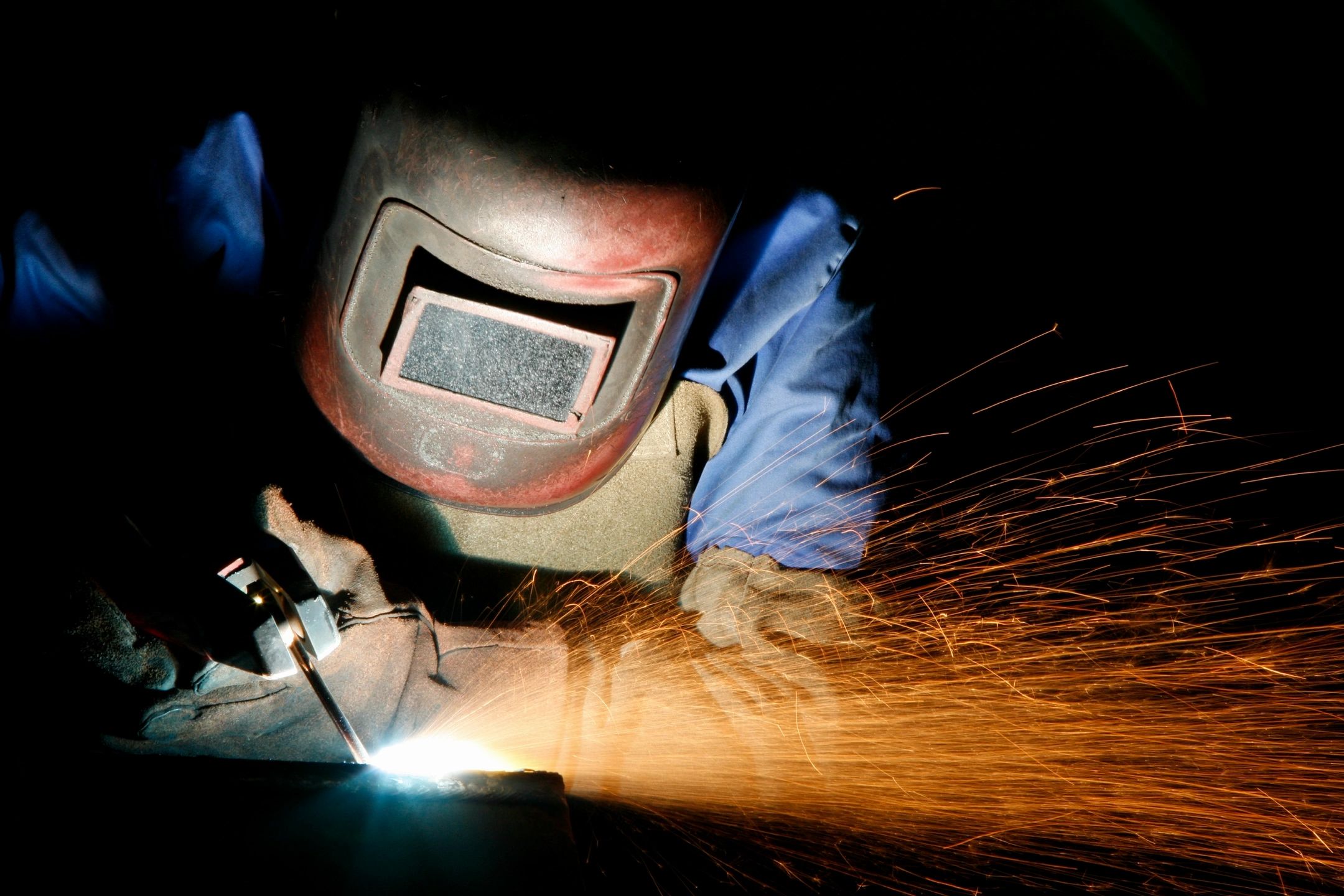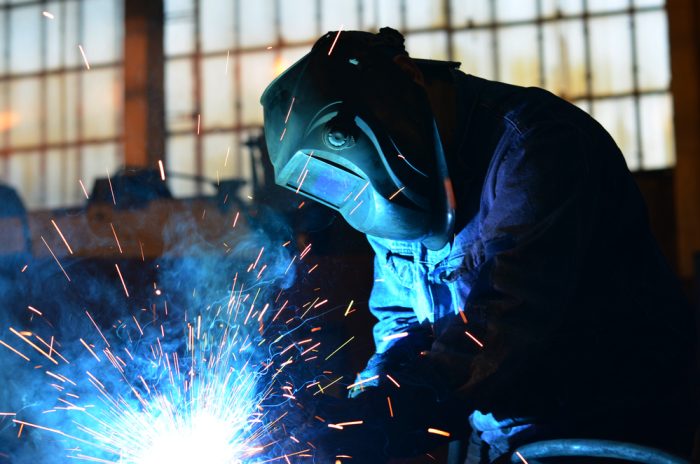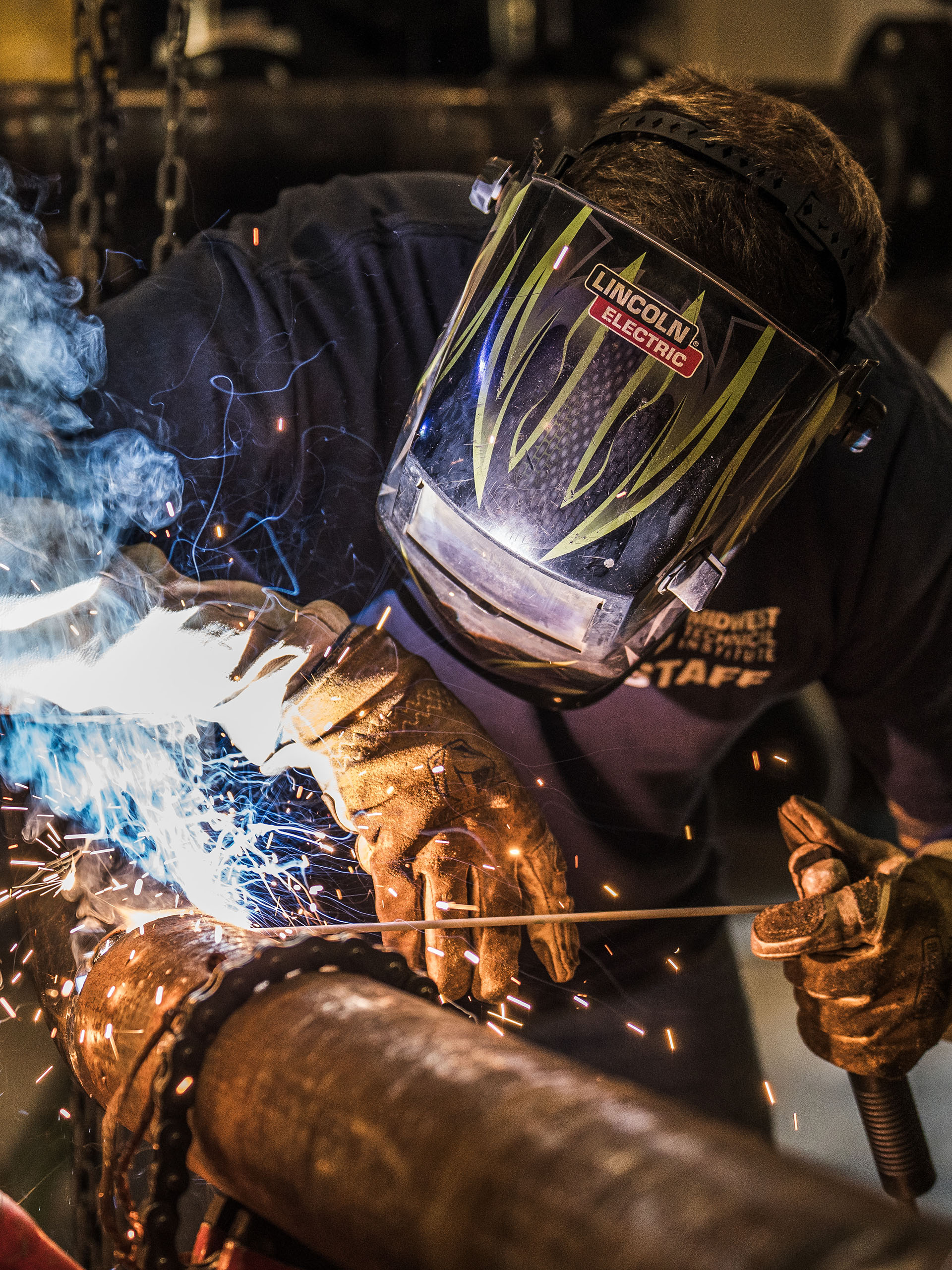Common Welding Repair Work Issues and How to Address Them Effectively
Welding repair services commonly encounter a series of problems that can jeopardize the stability of the final item. Typical issues consist of inadequate penetration, porosity, and imbalance, among others. Each defect offers distinct obstacles that require details methods for resolution. Understanding these concerns is necessary for welders intending to improve their skills and outcomes. This discussion will check out these typical welding repair service concerns and reliable methods to resolve them.
Insufficient Penetration
Insufficient infiltration happens when the weld metal stops working to fully fuse with the base product, resulting in weak joints and potential structural failings. This problem often comes from not enough warmth input, incorrect electrode angle, or inappropriate welding speed. Welders might experience inadequate infiltration because of a mistake of the essential parameters for a specific material thickness or type. Furthermore, contamination on the base product's surface area can hinder effective bonding, exacerbating the problem. To address insufficient infiltration, welders need to assure proper setups on their devices and keep a clean work surface area. Regular evaluation of welds is recommended to recognize any kind of shortages early, permitting prompt corrections and the avoidance of jeopardized structural honesty in bonded assemblies.
Porosity
Porosity is an usual defect in bonded joints that shows up as tiny gas bubbles caught within the weld metal. This defect can jeopardize the honesty of the weld, causing lowered strength and possible failing under stress and anxiety. Belgrade Fabrication. Porosity typically occurs from contamination, moisture, or incorrect welding strategies, which enable gases to leave into the liquified weld pool. To deal with porosity, welders ought to guarantee correct surface area prep work, keep a clean workplace, and utilize ideal welding specifications. In addition, picking the best filler material and shielding gas can reduce gas entrapment. Regular inspection and testing of welds can aid determine porosity early, guaranteeing prompt corrective activities are taken, therefore preserving the quality and reliability of the bonded framework
Misalignment
Misalignment in welding can arise from various elements, consisting of incorrect configuration and thermal expansion. Recognizing the source is essential for efficient resolution. Several modification methods are available to straighten parts and ensure architectural integrity.
Reasons of Misalignment
Welding misalignment frequently stems from a selection of underlying issues that can jeopardize architectural integrity. One key cause is inappropriate fit-up of components before welding, which can cause spaces and irregular surfaces. Variants in thermal expansion during the welding process can also lead to distortion, especially if the materials being joined have different coefficients of expansion. Additionally, inadequate fixturing and securing may stop working to hold components safely in area, leading to motion during welding. Poorly kept tools, including welding makers and tools, might present variances in the weld bead, more adding to imbalance. Driver mistake, stemming from inadequate training or experience, can additionally play a considerable function in creating misaligned welds.

Improvement Methods Available
Resolving imbalance effectively calls for a mix of rehabilitative techniques tailored to the certain concerns at hand. One usual approach is using components or jigs to hold parts in the proper position throughout welding, guaranteeing regular placement. In addition, preheating the materials can help in reducing distortion and boost fit-up. For considerable misalignment, mechanical adjustment strategies, such as using hydraulic jacks or clamps, can be used to correct the position before welding. Post-weld heat treatment might additionally be needed to soothe tensions brought on by imbalance. Finally, cautious assessment and modification throughout the configuration phase can avoid misalignment problems from ending up being substantial issues, advertising a smoother welding process and improving general architectural honesty.
Distortion
Distortion is a typical obstacle in welding that can occur from numerous elements, including uneven heating & cooling. Recognizing the root causes of distortion is vital for implementing effective prevention techniques. Addressing this problem not only enhances structural integrity however also boosts the general quality of the weld.
Root causes of Distortion
When subjected to the intense heat of welding, products commonly go through changes that can cause distortion. This sensation largely occurs from thermal growth and tightening throughout the welding process. As the weld area warms up, the product broadens; upon cooling, it acquires, which can develop internal anxieties. Additionally, irregular home heating throughout a work surface can exacerbate these anxieties, causing warping or flexing. The sort of product also plays a substantial function; metals with varying thermal conductivity and coefficients of development might react in different ways, leading to uncertain distortions. Bad joint design and inadequate fixturing can add to misalignment throughout welding, enhancing the probability of distortion. Comprehending these reasons is crucial for reliable welding repair service and avoidance approaches.
Avoidance Techniques
Reliable prevention methods for distortion throughout welding concentrate on controlling warm input and ensuring appropriate joint style. Keeping a constant heat input assists to reduce thermal development and contraction, which can bring about distortion. Utilizing strategies such as pre-heating the work surface can also minimize the temperature level gradient, promoting uniform home heating. Furthermore, selecting appropriate joint layouts, such as T-joints or lap joints, can boost stability and minimize stress focus. Carrying out proper fixturing to safeguard the work surfaces in place further aids in maintaining alignment during the welding procedure. Lastly, staggered welding sequences can distribute warmth more equally, protecting against local distortion. By using these approaches, welders can significantly decrease the chance of distortion and enhance the general top quality of their welds.
Breaking
Fracturing is an usual problem encountered in welding repairs, usually resulting from numerous elements such as incorrect air conditioning rates, material option, or insufficient joint preparation. The occurrence of cracks can significantly compromise the stability of the weld, resulting in potential failures throughout operation. To resolve this issue, welders should initially evaluate the origin causes, ensuring that materials work and properly chosen for the specific application. In addition, regulating the cooling rate during the welding procedure is important; rapid air conditioning can induce stress and result in splitting. Correct joint layout and preparation likewise add to reducing the risk. Carrying out these techniques can improve weld high quality and longevity, eventually minimizing the chance of splitting in finished weldments.

Incomplete Combination
A substantial problem in welding fixings is insufficient combination, which takes place when the weld metal does not effectively bond with the base product or previous weld passes - Belgrade. This problem can lead to weaknesses in the joint, potentially endangering the stability of the bonded framework. Factors adding to insufficient fusion consist of insufficient warm input, improper welding technique, and contamination of the surfaces being joined. To resolve this concern efficiently, aluminum filler welders ought to guarantee appropriate pre-weld cleansing and surface prep work, as well as change their welding criteria to achieve adequate infiltration and blend. Routine evaluation throughout the welding procedure can additionally aid recognize insufficient fusion early, permitting prompt restorative steps to improve the overall high quality of the weld
Overheating
While welding fixings can enhance structural stability, overheating provides a significant challenge that can result in material degradation. Too much heat throughout welding can modify the mechanical properties of steels, causing decreased stamina, boosted brittleness, and warping. This phenomenon is specifically important in high-stress applications where structural dependability is vital. Identifying getting too hot can include visual evaluations for discoloration or distortion, as well as keeping track of temperature level during the welding procedure. To mitigate the threats connected with getting too hot, welders ought to use ideal methods, such as regulating heat input, readjusting traveling speed, and utilizing appropriate filler materials. In addition, applying pre- and post-weld warmth therapies can assist bring back material residential properties and boost the total top quality of the repair work, ensuring lasting efficiency and safety and security.
Often Asked Questions
What Are the Typical Indicators of a Welding Defect?

How Can I Check My Welds for Quality?
To test welds for top quality, one can make use of aesthetic assessments, ultrasonic screening, webpage and radiographic methods. Each technique assures structural integrity, recognizes defects, and confirms adherence to defined requirements, inevitably improving the dependability of the welded joints.
What Safety Preventative Measures Should I Take While Welding?
When welding, one must prioritize safety by wearing suitable individual safety tools, making certain correct ventilation, safeguarding flammable products away, preserving a clean workspace, and recognizing surroundings to avoid mishaps and injuries.
Can I Fix a Weld Without Redesigning the Entire Joint?
Repairing a weld without remodeling the whole joint is possible, depending upon the damages (Welding). Strategies such as grinding, adding filler material, or utilizing a welding procedure can efficiently attend to specific defects while protecting the bordering structure
What Tools Are Important for Reliable Welding Repairs?
Important devices for reliable welding repairs consist of a welding machine, cable brush, mill, safety gear, clamps, and filler materials. Each device plays a crucial role in making sure top quality and safety and security throughout the repair process. Porosity usually emerges from contamination, dampness, or improper welding techniques, which permit gases to run away into the liquified weld swimming pool. Improperly conserved equipment, including welding devices and devices, may introduce variances in the weld grain, additional contributing to misalignment. When subjected to the extreme warm of welding, products typically go through modifications that can lead to distortion. Breaking is a common concern experienced in welding fixings, frequently resulting from different variables such as incorrect air conditioning prices, product choice, or insufficient joint preparation. A substantial welders for sale issue in welding repair services is incomplete fusion, which happens when the weld steel does not adequately bond with the base product or previous weld passes.